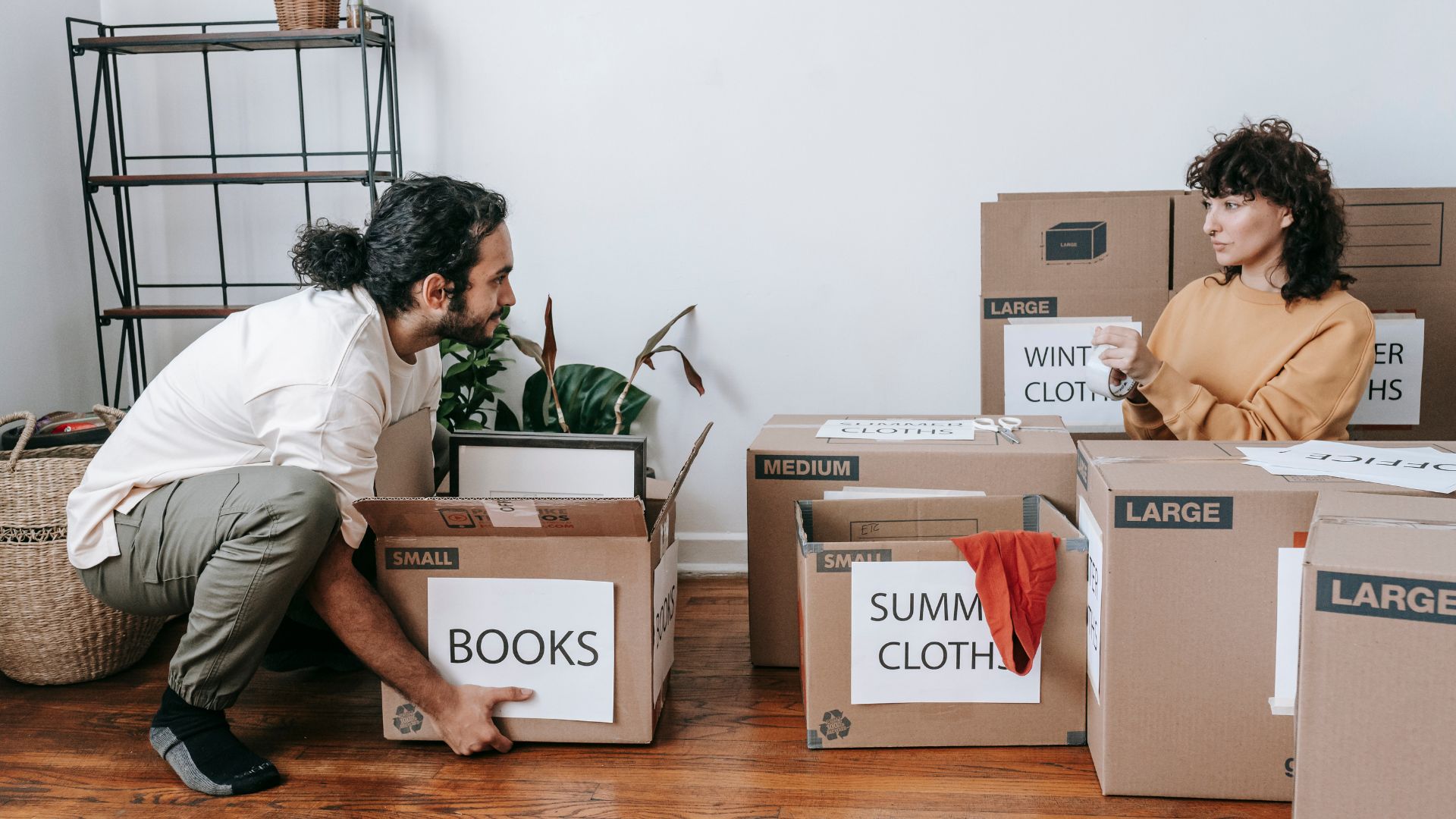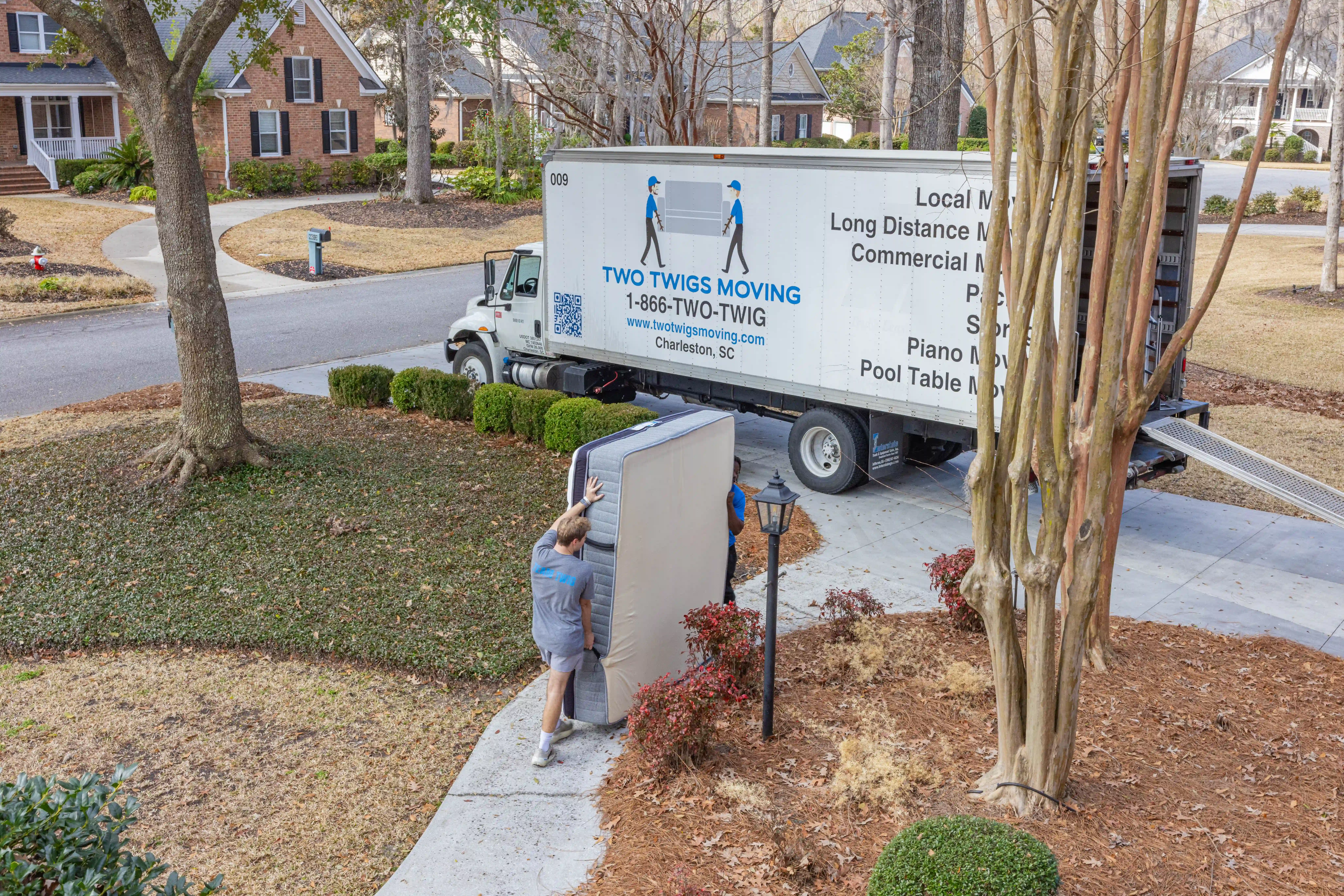Moving can be a daunting process, but learning how to pack like a pro can make your move smoother and more efficient. With the right techniques and tips, you can protect your belongings and make unpacking a breeze. This guide answers some of the most frequently asked questions about packing to help you master the art.
What are the best packing tips for moving?
When it comes to packing for a move, organization is key. Start by decluttering and getting rid of items you no longer need. Here are some essential tips for packing efficiently:
- Use quality supplies: Invest in sturdy boxes, bubble wrap, packing tape, and markers. This ensures your items are secure during the move.
- Label everything: Clearly mark each box with its contents and the room it belongs to. This will make unpacking easier and faster.
- Pack by room: Focus on one room at a time to stay organized and avoid mixing items from different areas of your home.
- Wrap fragile items: Use bubble wrap, packing paper, or even towels to protect delicate items such as glassware, electronics, and ceramics.
How do you pack clothes when moving?
Packing clothes may seem straightforward, but doing it correctly can save space and time. Here are the best ways to pack your wardrobe:
- Use wardrobe boxes: These tall boxes come with a bar to hang your clothes, keeping them wrinkle-free and easy to unpack.
- Roll, don’t fold: Rolling clothes instead of folding them not only saves space but also minimizes wrinkles.
- Use vacuum-sealed bags: These are great for packing bulky items like winter coats and bedding. They compress the contents, allowing for more room in the moving boxes.
- Leave clothes in drawers: If your furniture is light enough to carry with items inside, leave your clothes in the drawers. Just secure them with tape or plastic wrap to prevent them from sliding out during transit.
What should you pack first when moving?
It’s important to start packing early, but where should you begin? Prioritize items that you won’t need in the immediate future. Here’s a general order to follow:
- Non-essentials: Start with things you can live without for a few weeks, like books, décor, and out-of-season clothing.
- Sentimental items: Pack photo albums, collectibles, and other personal items you don’t use daily.
- Kitchen items: Once you’re closer to the move, pack kitchenware you use less frequently, like bakeware or special occasion dishes.
- Essentials last: Leave daily-use items like toiletries, basic kitchenware, and important documents for the last day.
How do you pack fragile items for moving?
Fragile items need extra care to ensure they don’t get damaged during the move. Here’s how to pack them like a pro:
- Use sturdy boxes: Make sure the box is durable and the right size for the item. Too much space increases the risk of damage.
- Wrap each item individually: For delicate pieces, use plenty of padding, such as bubble wrap or packing paper, and secure it with tape.
- Pack tightly: Don’t leave too much empty space in the box. Fill any gaps with packing peanuts, crumpled paper, or towels to prevent items from shifting.
- Label as ‘fragile’: Mark the boxes clearly so that movers know to handle them with care.
How do you pack electronics for moving?
Electronics require special care, as they are both fragile and valuable. Follow these tips to ensure your electronics arrive safely at your new home:
- Original boxes: If possible, pack your electronics in their original boxes, which are designed to fit them securely.
- Use anti-static bubble wrap: This helps protect delicate components, especially for devices like computers, TVs, and gaming consoles.
- Label cables: Use zip ties or tape to keep cords organized, and label them to make setting up your electronics easier after the move.
- Back up important data: For computers and other devices with valuable information, always back up your files before the move in case of damage or loss.
Conclusion
Packing like a pro takes time and planning, but with the right approach, you can make the moving process much less stressful. From packing your clothes efficiently to safeguarding fragile items, these tips will ensure your belongings are well-protected throughout the move. Start early, stay organized, and remember to label everything—your future self will thank you!


.svg)


